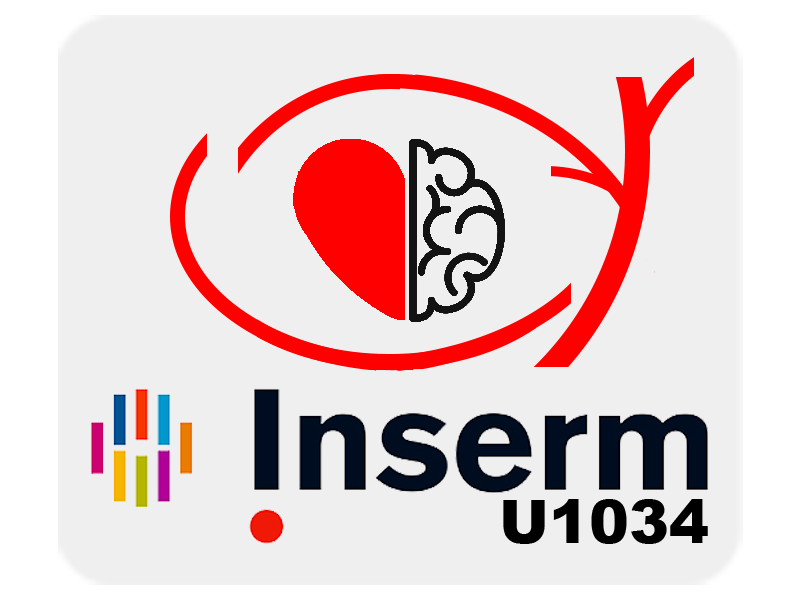Astrocytic TYMP and VEGFA drive blood-brain barrier opening in inflammatory central nervous system lesions
Résumé
In inflammatory central nervous system conditions such as multiple sclerosis, breakdown of the blood-brain barrier is a key event in lesion pathogenesis, predisposing to oedema, excitotoxicity, and ingress of plasma proteins and inflammatory cells. Recently, we showed that reactive astrocytes drive blood-brain barrier opening, via production of vascular endothelial growth factor A (VEGFA). Here, we now identify thymidine phosphorylase (TYMP; previously known as endothelial cell growth factor 1, ECGF1) as a second key astrocyte-derived permeability factor, which interacts with VEGFA to induce blood-brain barrier disruption. The two are co-induced NFκB1-dependently in human astrocytes by the cytokine interleukin 1 beta (IL1B), and inactivation of Vegfa in vivo potentiates TYMP induction. In human central nervous system microvascular endothelial cells, VEGFA and the TYMP product 2-deoxy-d-ribose cooperatively repress tight junction proteins, driving permeability. Notably, this response represents part of a wider pattern of endothelial plasticity: 2-deoxy-d-ribose and VEGFA produce transcriptional programs encompassing angiogenic and permeability genes, and together regulate a third unique cohort. Functionally, each promotes proliferation and viability, and they cooperatively drive motility and angiogenesis. Importantly, introduction of either into mouse cortex promotes blood-brain barrier breakdown, and together they induce severe barrier disruption. In the multiple sclerosis model experimental autoimmune encephalitis, TYMP and VEGFA co-localize to reactive astrocytes, and correlate with blood-brain barrier permeability. Critically, blockade of either reduces neurologic deficit, blood-brain barrier disruption and pathology, and inhibiting both in combination enhances tissue preservation. Suggesting importance in human disease, TYMP and VEGFA both localize to reactive astrocytes in multiple sclerosis lesion samples. Collectively, these data identify TYMP as an astrocyte-derived permeability factor, and suggest TYMP and VEGFA together promote blood-brain barrier breakdown.
Mots clés
Animals
Astrocyte
Autoimmune
Blood-Brain Barrier
Cells
Cerebral Cortex
Cultured
Deoxyribose
Encephalomyelitis
Endothelial Cell Growth Factor
Endothelium
Experimental
Humans
Interleukin-1beta
Mice
Multiple Sclerosis
Thymidine Phosphorylase
Tight Junction
Transcriptional Activation
Transgenic
Vascular
Vascular Endothelial Growth Factor A


